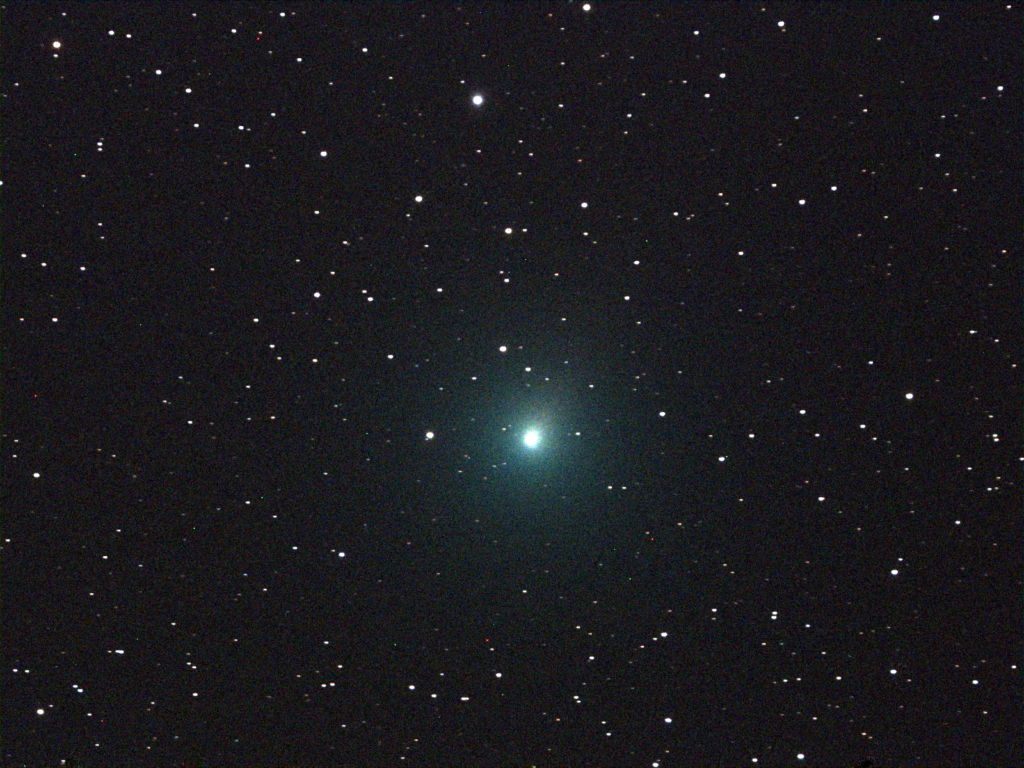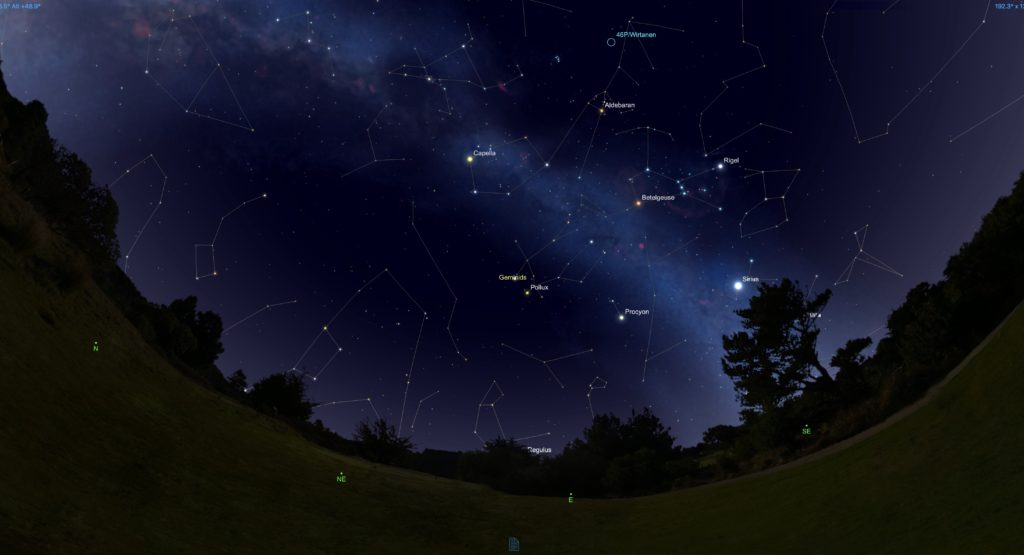The second week of December heralds the beginning of the strongest meteor shower of the year – the Geminids. It’s a good time to bundle up, go outside and watch one of Mother Nature’s best sky shows!
The Geminids are active every December, when Earth passes through a massive trail of dusty debris shed by a weird, rocky object named 3200 Phaethon. The dust and grit burn up when they run into Earth’s atmosphere in a flurry of “shooting stars.”
Phaethon’s nature is debated. It’s either a near-Earth asteroid or an extinct comet, sometimes called a rock comet. There is another object – an Apollo asteroid named 2005 UD – that is in a dynamically similar orbit to Phaethon, prompting speculation that the two were once part of a larger body that split apart or collided with another asteroid.
Most shower meteors are shed by comets when their orbits take them into the inner Solar System, but the Geminids may be the debris from this long-ago breakup or collision event. When you consider that the Geminid meteor stream has more mass than any other meteor shower, including the Perseids, whatever happened back then must have been pretty spectacular.
So what do potential Geminid watchers need to do this year?
It’s pretty simple, actually. The nearly First Quarter Moon sets around 10:30 p.m. local time, so wait until then to go out – the light from the Moon washes out the fainter meteors, which are more numerous. Find the darkest place you can, and give your eyes about 30 minutes to adapt to the dark. Avoid looking at your cell phone, as it will mess up your night vision. Lie flat on your back and look straight up, taking in as much sky as possible. You will soon start to see Geminid meteors. As the night progresses, the Geminid rate will increase, hitting a theoretical maximum of about 100 per hour around 2 a.m.
Bear in mind, this rate is for a perfect observer under perfect skies with Gemini straight overhead. The actual number for folks out in the dark countryside will be slightly more than 1 per minute. Folks in suburbs will see fewer, 30 to 40 per hour depending on the lighting conditions. And those downtown in major cities will see practically nothing – even though the Geminids are rich in beautiful green fireballs, the lights of New York, San Francisco, or Atlanta will blot even them out. Dark clear skies are the most important ingredient in observing meteor showers.

And while you’re scanning the sky for Geminids, you might notice a small, faint “ghostly” green patch in the constellation of Taurus – that’s Comet 46P/Wirtanen, which will be making its closest approach to Earth (7 million miles) for the next 20 years. We are actually going to have a comet visible to the unaided eye this holiday season!

Comets are notoriously unpredictable beasts, but if Wirtanen continues to follow its current brightening trend, it may reach a peak magnitude of around +3 (about as bright as a star in the handle of the Little Dipper) a couple of days past the Geminid peak, on December 16. Binoculars or a small telescope are good for taking a peak at Wirtanen, so bring them along for your night of Geminid watching. A green comet to complement the green fireballs!
